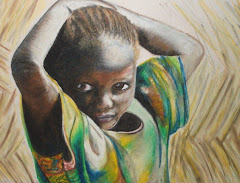The goal is to record 24 hours in the lives of ten people that roughly represent the diversity of the world’s population. These ten lives will come together in an innovative video installation and form the basis of a collaborative online video encyclopedia of human experiences.
The purpose of the Global Lives exhibit is to promote global awareness and understanding by allowing you, "A chance to step out of our own reality and into one you never would have known."
Thus far, Global Lives has shot the lives of four unique participants:
- The first shoot took place in San Francisco, California in 2004 and recorded a day in the life of James Bullock, 57 year-old cable car driver.
- The second shoot took place in Sao Paulo, Brazil in 2004. The shoot featured Isreal Feliciano, a hip-hop and rap singer from the city’s periphery.
- In Malawi Global Lives taped the life of Edith Kapuka, a thirteen year-old girl from a village that sits at the foot of the Zomba Plateau.
- In Japan, Global Lives shot Rumi Nagashima, a 22 year-old girl from a suburb in the outskirts of Tokyo, who uses a wheelchair to travel around the city.
David anticipates that the final installation will be completed in January of 2009 and has had requests from multiple universities and partners, including the UN University, to hold exhibits in the near future. In the mean time, check out the footage on their website.
If you are interested in getting involved in the Global lives Project, visit their website at globallives.org
















